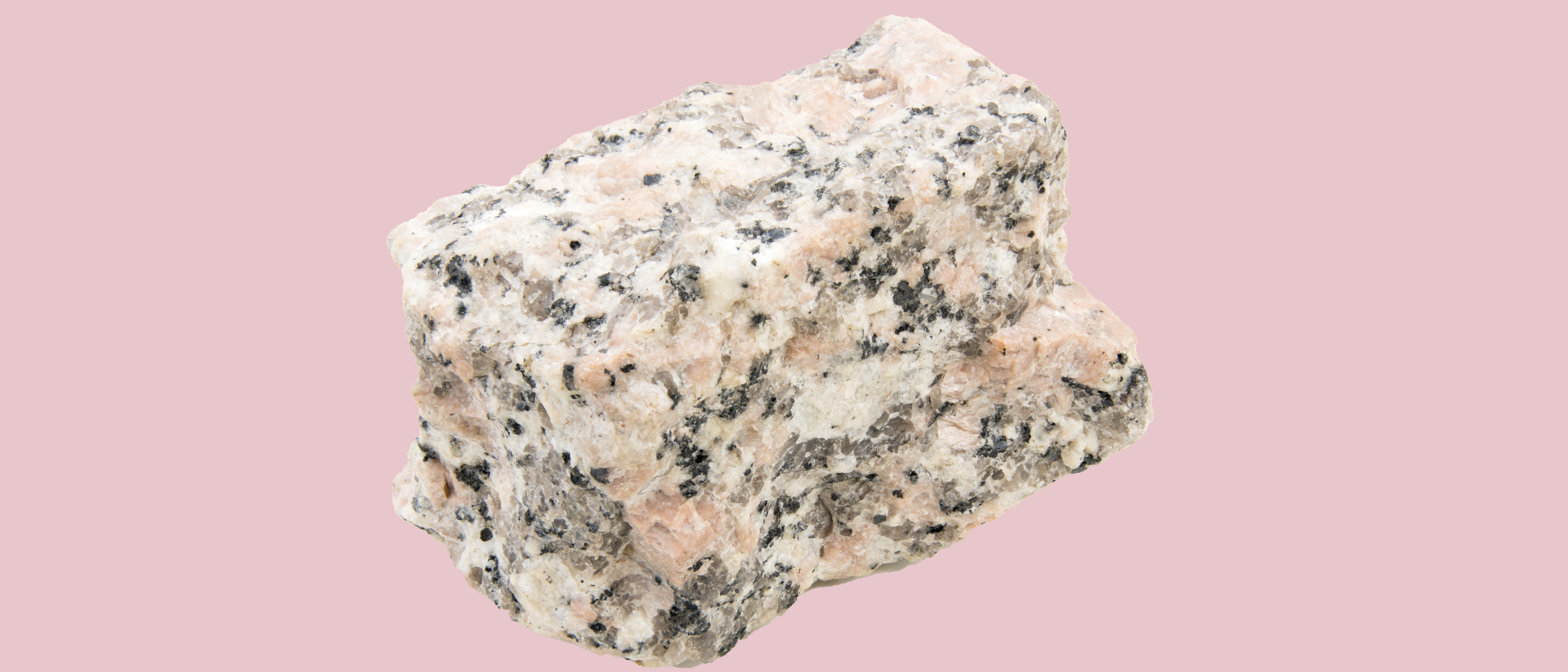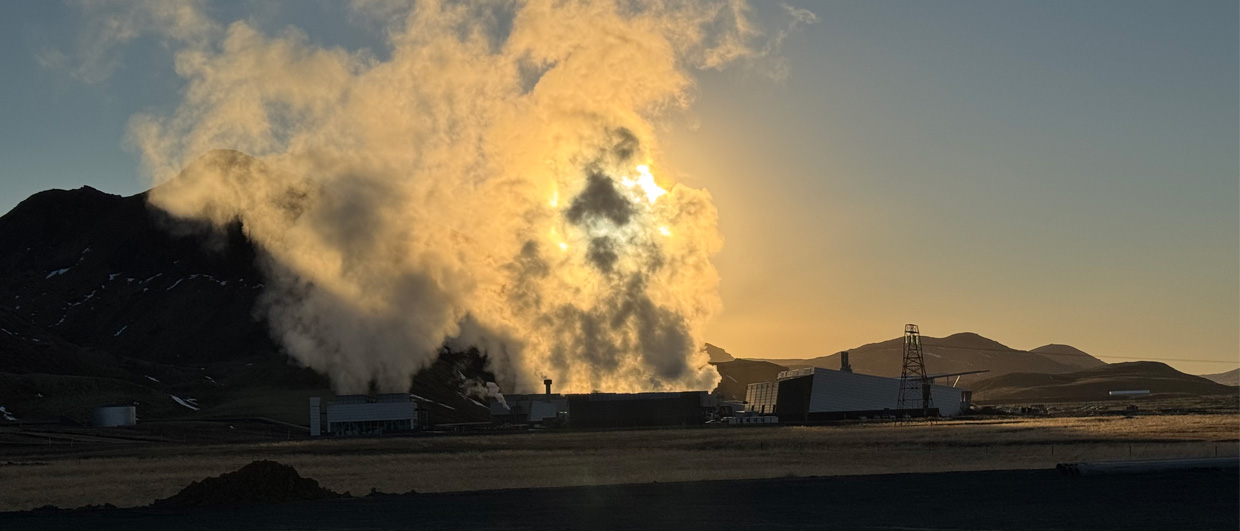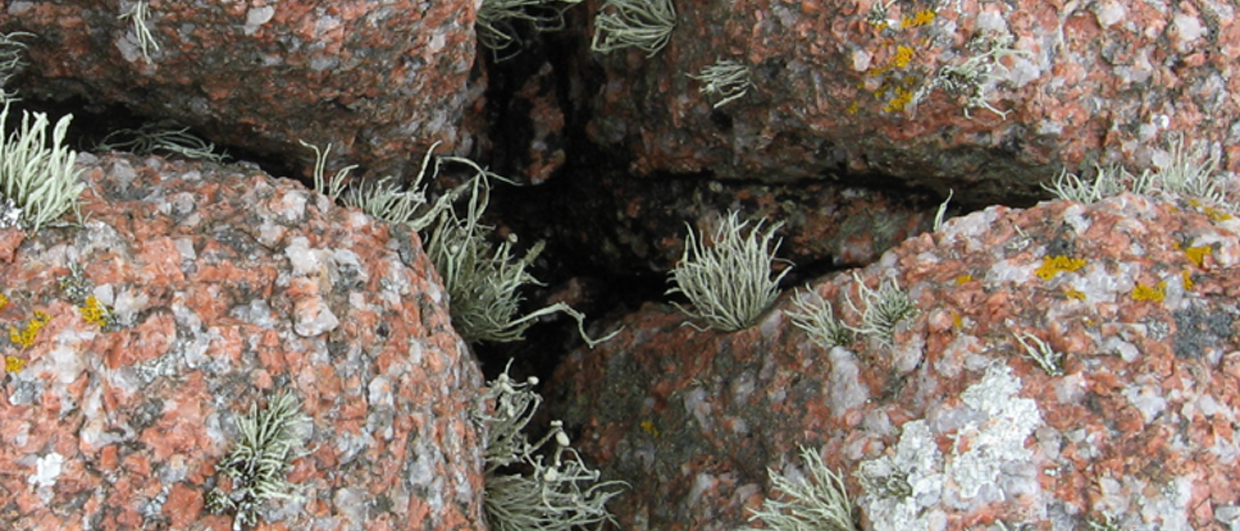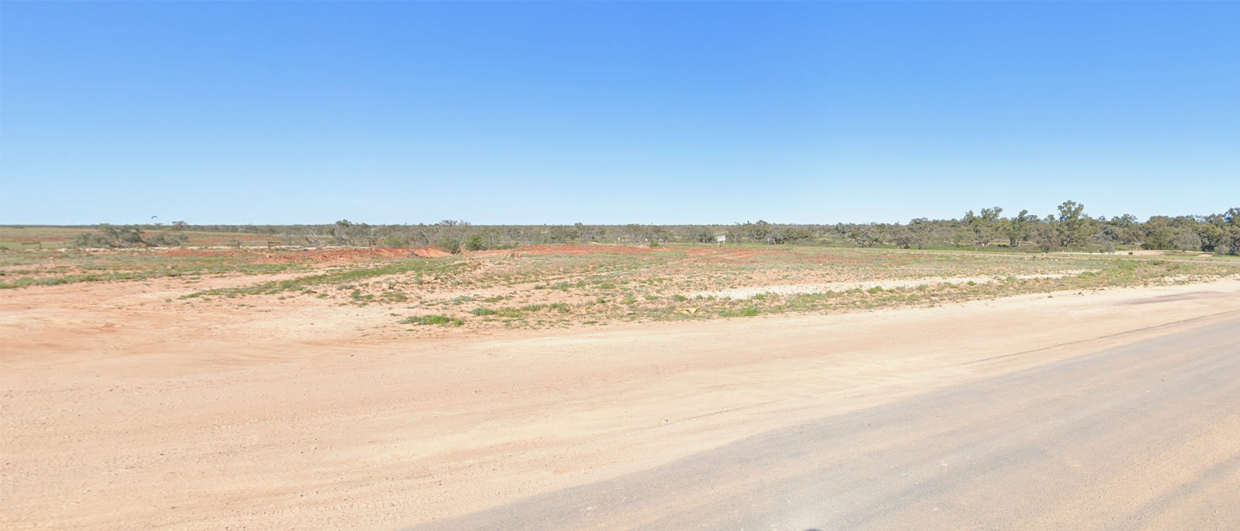“We see permeabilities of 10 Darcy and above 15 % porosity, easily,” says Alan Bischoff. Alan is associate professor of geoenergy at the University of Turku in Finland. In that capacity, he researches fault, fractures and the impact of mineral alteration in crystalline basement rocks.
“Finland ranks quite high in geothermal heat production, but that is all from shallow and mostly closed- loop systems,” Alan says. “But what if we can find these subsurface nuggets where porosity and permeability are such that we can produce fluids at economic rates?”
“We are finding these nuggets,” Alan says. He calls them nuggets because the challenge is that the location of high poro-perm zones is hard to predict. “That’s where our research comes in,” he adds. “We try to better understand how to predict these systems, how they formed and how large they are.”
Finland is a good place to study faults and fractures in igneous rocks. “The glaciers of recent ice ages have scraped the bedrock surface to an extent that many fault zones are devoid of vegetation,” says Alan. “This has led to great outcrops that allow inspection, mapping and sampling of fractures and faults.”

Size is key
Once found, the size of a network of high-permeable faults or fractures is the key question. Finding that out requires well tests, and fortunately Alan and his team of researchers have been able to do this using a close network of exploration wells drilled for Finland’s nuclear waste storage facility. “It turned out that we could prove hydraulic connection between several boreholes, to lateral extents of at least 1.5 km,” says Alan, “which is a very promising thing, also because these wells were not stimulated.”
The geometry of the fractures is another key aspect that determines the deliverability of these zones. The team has used modern XCT imaging to determine the pore-scale connectivity of these crystalline reservoirs. When fractures are characterised by parallel planes, they tend to close as confining pressure increases, highlighting the challenges of deep geothermal production in crystalline cratons. However, the more irregularly shaped fracture planes and vuggy pores created by mineral dissolution are much less affected by this.
“Of course, it is true that there are uncertainties associated with drilling open-loop systems targeting fracture systems that may or may not be there, but it is also good to remember that if successful, the energy that can be produced exceeds by far what can be produced through closed-loops where the geological risk is much less. In addition, mineral alteration processes can enrich the geothermal brines with valuable elements such as lithium, which may add revenue to a geothermal prospect. So yes, targeting fault zones is open for problems, but open for opportunities at the same time!”
Full papers and additional research materials are available on the project website: https://deep-heat-flows.voog.com/





